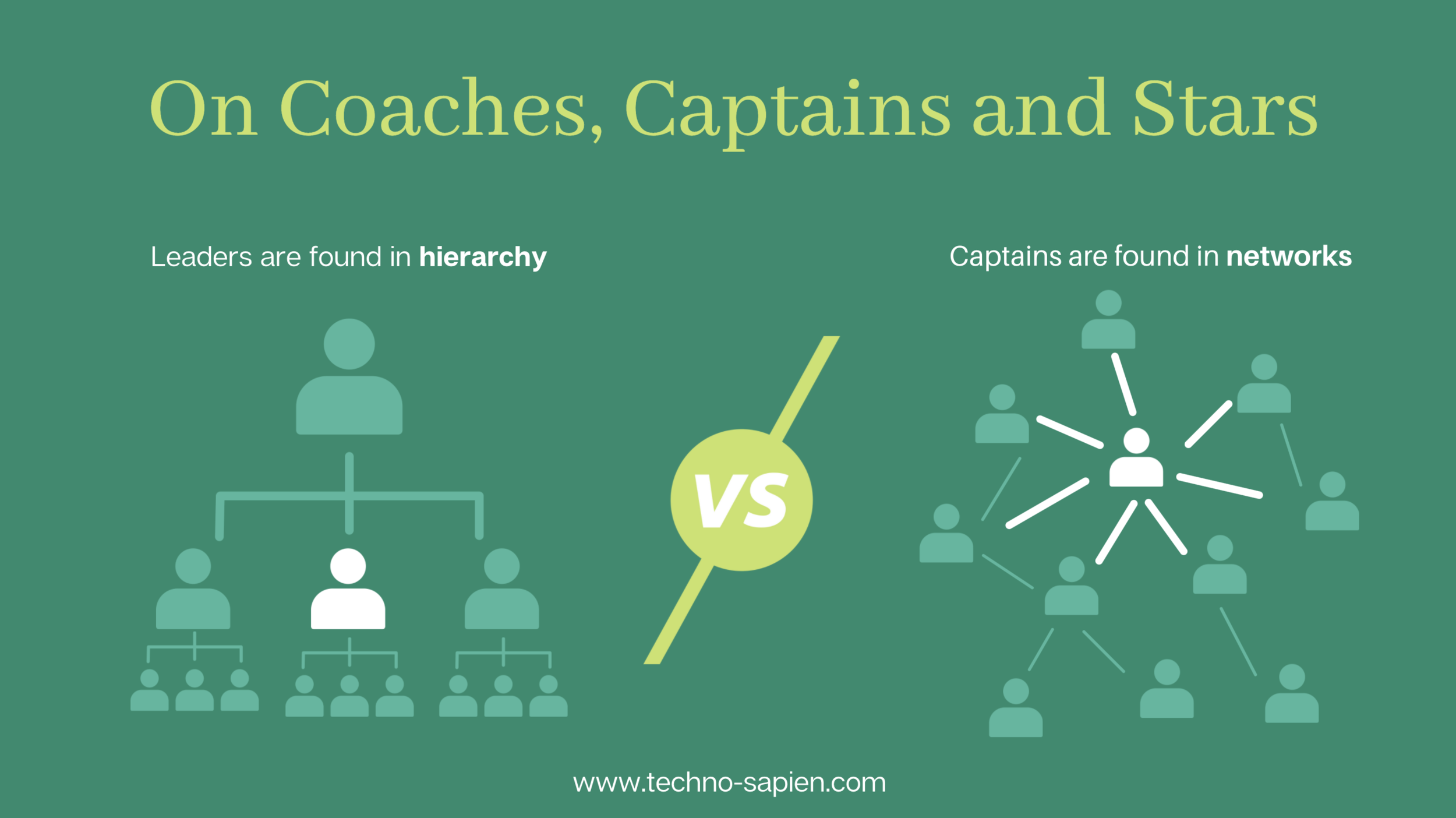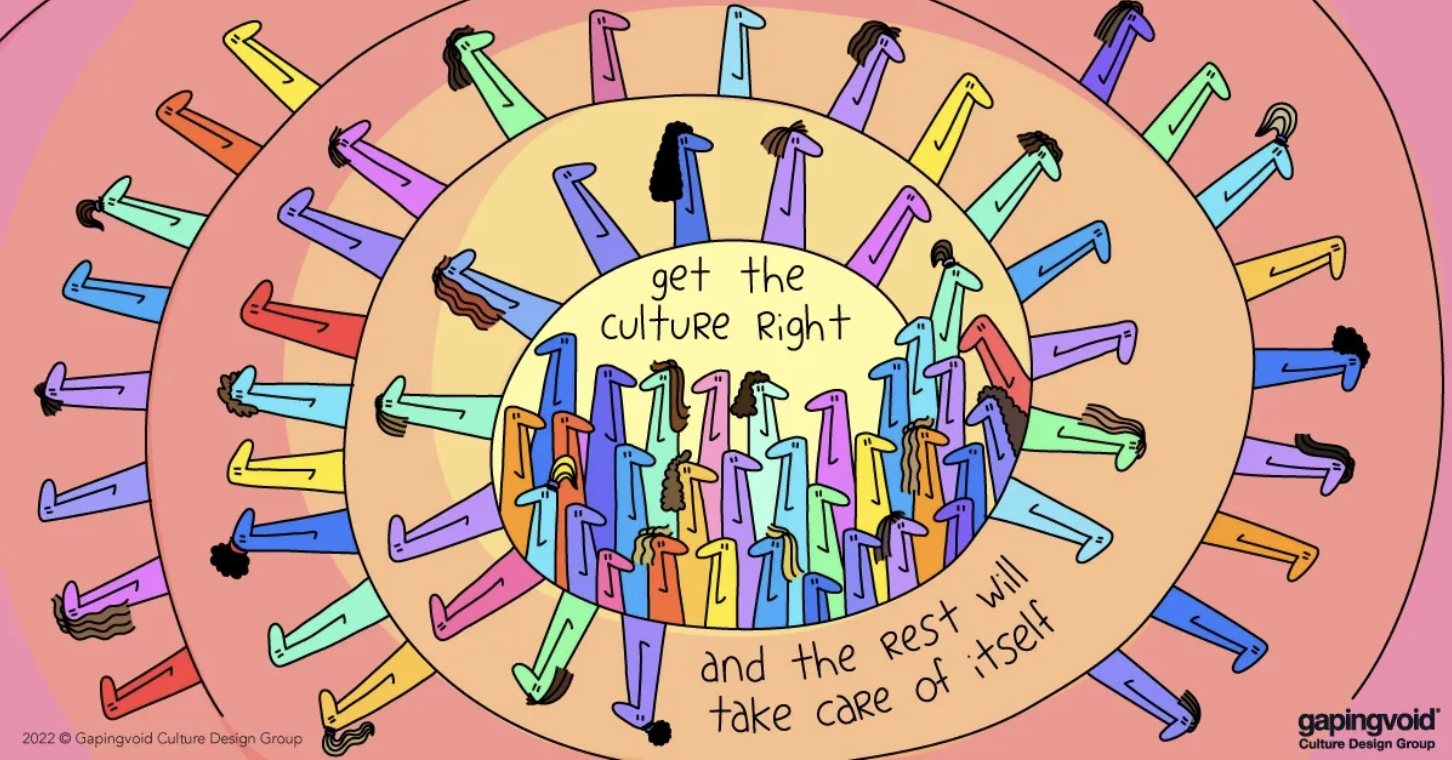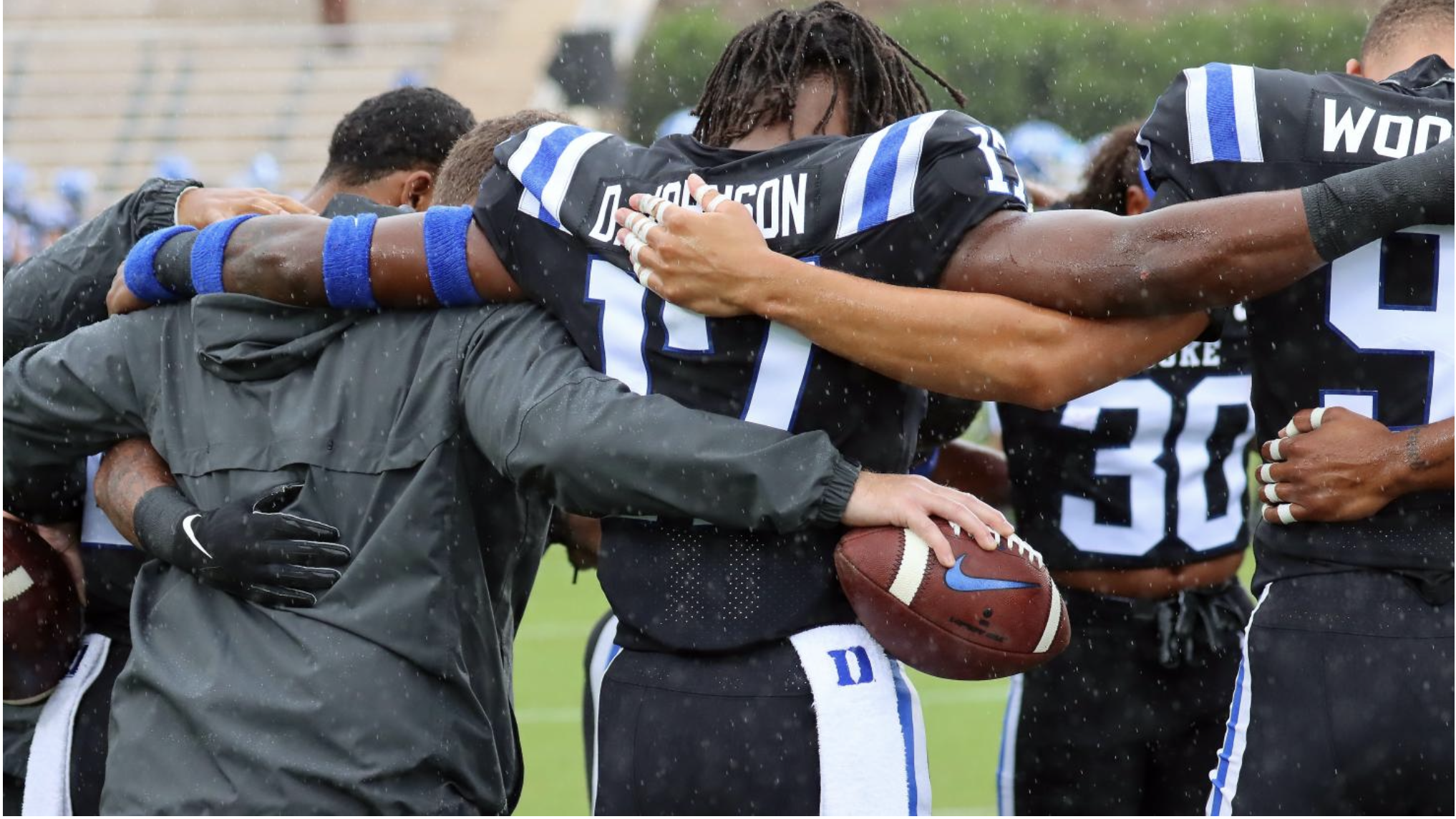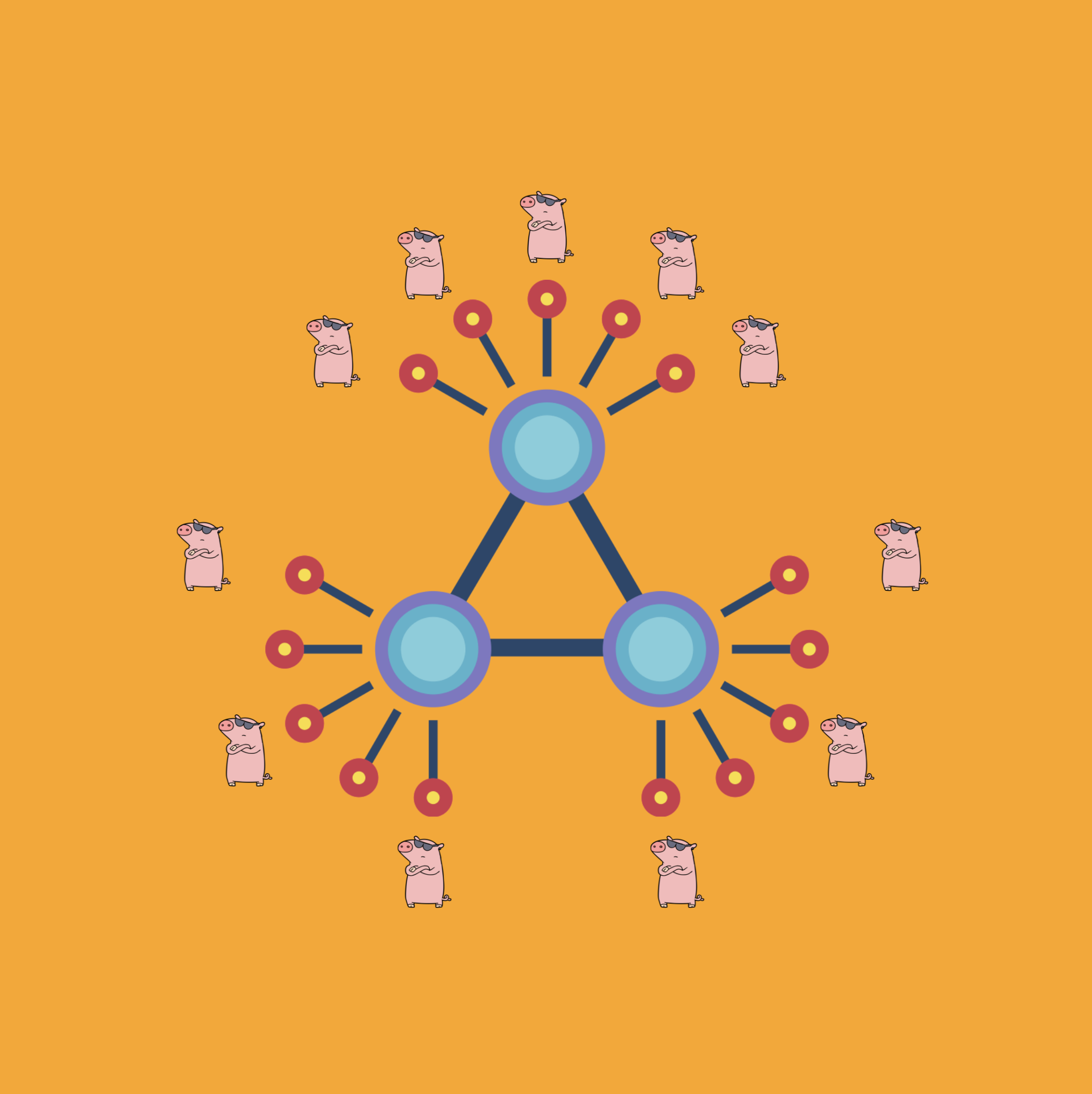On Coaches, Captains and Stars
The magic of a team isn’t only in its leadership or star players. We know this from sports. In The Captain Class, author Sam Walker argues that captains matter more. His finding comes from 11 years of study of 1,200 great teams across 37 major sports categories.
Walker argues that captains matter most because they embody, forge, and even manufacture team culture. Great team culture, or chemistry, makes good teams legendary.
For example, Walker suggests captains Carla Overbeck, Bill Cartwright, and Carlos Alberto were the keys to the success of the United States Women’s soccer team, the Chicago Bulls, and Brazil’s 1970 World Cup soccer team. They mattered more than stars Mia Hamm, Michael Jordan, and Pele. And they mattered more than their coaches: Anson Dorrance, Phil Jackson, and Mário Zagallo.
Walker identified seven attributes of great captains, including dogged determination, the guts to speak up about uncomfortable truths, and the ability to regulate a team’s emotional balance.
* * *
Harvard Business Review authors Rob Cross, Heidi K. Gardner, and Alia Crocke apply the importance of captains to business. In For an Agile Transformation, Choose the Right People, they suggest companies look at their network, not their hierarchy or star players when selecting leaders. Captains matter most and are often buried within the fabric of an organization.
Their network view below illustrates this idea. Jordan, a rising star, has been promoted five times in 7 years. She seems to be the “obvious choice” to lead a crucial project, based on a hierarchical view of the organization. She is the Phil Jackson of the company.
But Ahn is talented too. She’s well-respected and well-connected across sales, manufacturing, and R&D. She has fewer obligations than Jordan. She’s not afraid to speak up and she doesn’t give up. By looking at the organization as a network, Ahn looks like a captain.
But Choose the Right People leaves captain discovery as an exercise for the reader. But how do you identify captains? How can you view your organization as a network, not only a hierarchy? What are the attributes that matter the most when selecting captains? This is the subject of the next article, Rethinking Org Charts.
Appendix: Tier One Dynasties and Their Captains
Rechelle Hawkes, Collingwood Magpies, Australia Rules Football
Yogi Berra—The New York Yankees, 1949 to 1953. Berra and Phi Rizutto captained the Yankees' best dynasty period. Not Mickey Mantle, Joe DiMaggio, or manager Casey Stengel, who were also on the team.
Ferenc Puskas, Hungary
Maurice Richard—The Montréal Canadiens, 1955 to 1960.
Bill Russell—The Boston Celtics, 1956 to 1969. Red Auerbach had little experience when they began their run.
Bellini, Mauro, Torres. Over their 12-year run, Pele was never the captain of Brazil Soccer, from 1958 to 1962. Feola was so detached at times he appeared to be napping on the bench.
Jack Lambert. The Pittsburgh Steelers, 1974 to 80.
Valeri Vasiliev. The Soviet Union International Ice Hockey, 1980 to 1984.
Wayne Shelford. The New Zealand All Blacks Rugby Team 1986 to 1990.
Mireya Luis. Cuba International Women’s Volleyball, 1991 to 2000
Rechelle Hawkes. Australia Women’s Field Hockey, 1993-2000.
Carla Overbeck, United States Women’s Soccer, 1996-1999. Mia Hamm, Julie Foudy, and Brandi Chastain were the stars, but Overbeck, a defender, was the undisputed team leader.
Tim Duncan. San Antonio Spurs. 1997 to 2016 Greg Popovich had no prior coaching at all.
Tom Brady. New England Patriots. 2001-today. Look what happened when Brady went to the Bucs—the title followed the captain.
Carles Puyol. Barcelona Soccer. 2008 to 2013
Jerome Fernandez, France Men’s Handball, 2008-2015
New Zealand All Blacks (Rugby Union), 2011-2015
As for coaches, of 17 Tier One dynasties, only one coach had an accomplished resume prior to their run. In fact, five of 17 Tier One Dynasties had their coach leave during their run. The captains, not the coaches, carried the culture of the team forward.






























